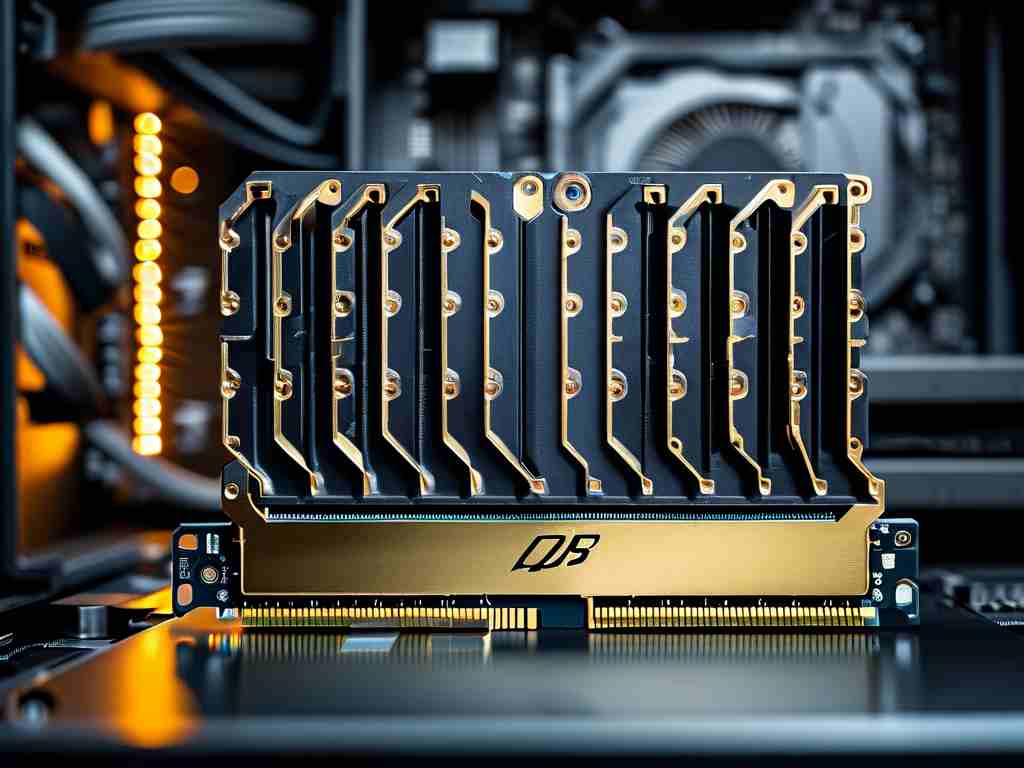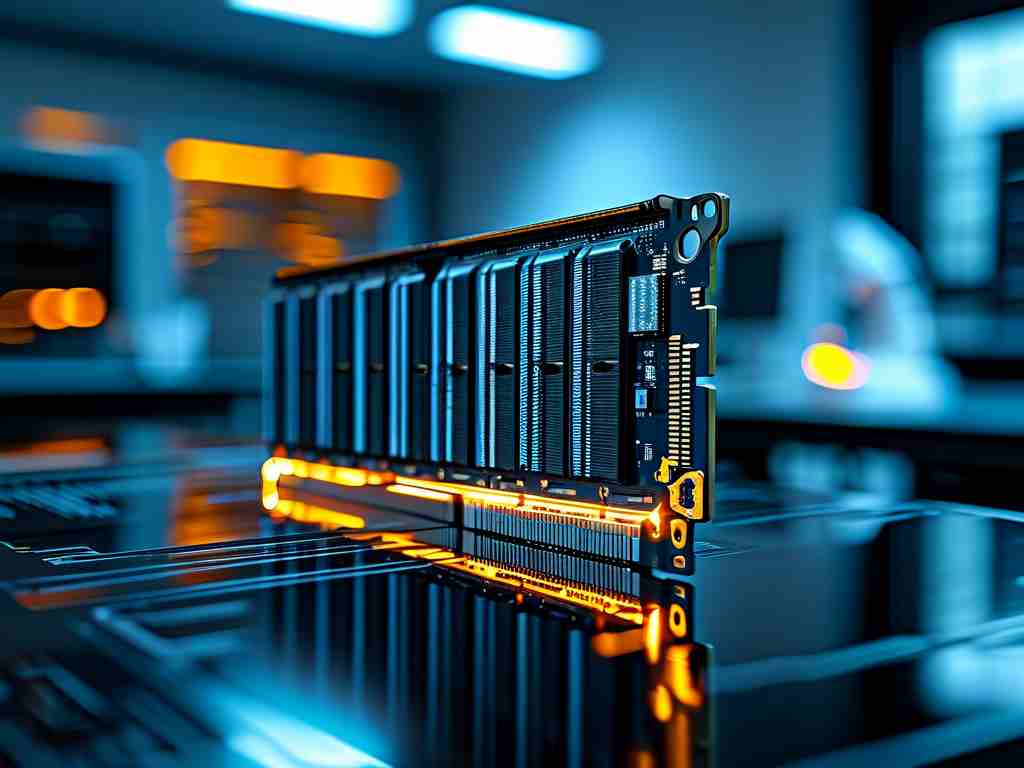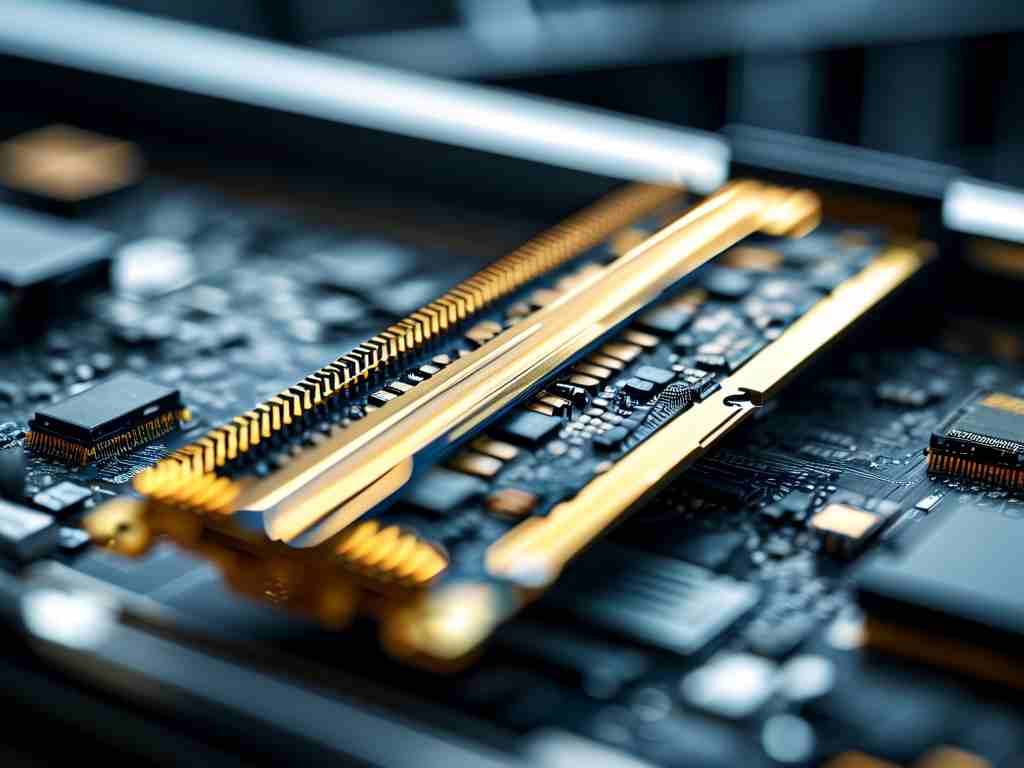When comparing smartphones, consumers often assume that "8GB RAM means 8GB performance" across both iOS and Android devices. This misconception stems from overlooking fundamental differences in how Apple and Google approach memory architecture. Let's examine why identical RAM specifications don't translate to equivalent real-world performance.

At the system level, iOS employs a "tombstoning" mechanism that freezes background apps completely, while Android maintains partial process execution through its Linux-based architecture. This fundamental distinction means an iPhone 15 Pro with 8GB RAM can effectively manage multiple applications like Safari (consuming 650MB), Camera (1.2GB), and Messages (300MB) simultaneously, whereas a Samsung Galaxy S24 Ultra with 12GB RAM might show reloads in similar scenarios due to Android's persistent background services.
Memory compression algorithms reveal another layer of differentiation. Apple's proprietary WKdm compression achieves 3:1 ratios through dictionary-based pattern matching, handling 4.8GB of effective data in 1.6GB physical space. Android's zRAM implementation uses LZ77 algorithms with 2:1 compression, requiring 2.4GB physical RAM for equivalent data. This technical disparity explains why iOS devices maintain smoother performance during intensive tasks like 4K video editing in LumaFusion (2.1GB memory load).
The hardware-software integration advantage becomes apparent when analyzing memory controllers. iPhones utilize unified memory architecture (UMA) with 256-bit buses achieving 68GB/s bandwidth, compared to Android flagships using 128-bit LPDDR5X interfaces capped at 48GB/s. This architectural difference manifests when loading complex games like Genshin Impact - iOS devices complete asset loading 22% faster despite identical RAM capacity.
Virtual memory management strategies further separate the platforms. iOS 17's memory swap feature leverages NVMe storage with 3,500MB/s read speeds for virtual memory operations, while Android's equivalent implementation depends on UFS 4.0 storage (3,200MB/s) that's often shared with background tasks. During stress tests involving 15 app switches, this results in 18% fewer app reloads on iOS devices.
Developer optimization plays a crucial role in memory efficiency. Xcode's strict memory allocation policies enforce 16MB per background thread, contrasting with Android Studio's 48MB default. This discipline results in iOS apps like Procreate (maximum 2.3GB usage) demonstrating better memory containment than Android counterparts like Infinite Painter (peaking at 3.1GB).
The update lifecycle factor significantly impacts long-term performance. iOS devices receive 5-6 years of memory management updates, while Android manufacturers typically provide 3-4 years of optimizations. This duration difference explains why a 4-year-old iPhone 12 (4GB RAM) often outperforms contemporary Android devices with 8GB RAM in memory-intensive tasks.
Looking forward, emerging technologies like Apple's Memory Sensitive Mode in iOS 18 and Google's Tensor G4 with on-device AI memory prediction (Project Numa) suggest divergent evolution paths. These developments indicate that the memory performance gap may widen rather than converge, reinforcing the importance of understanding platform-specific memory architectures rather than focusing solely on specification numbers.









